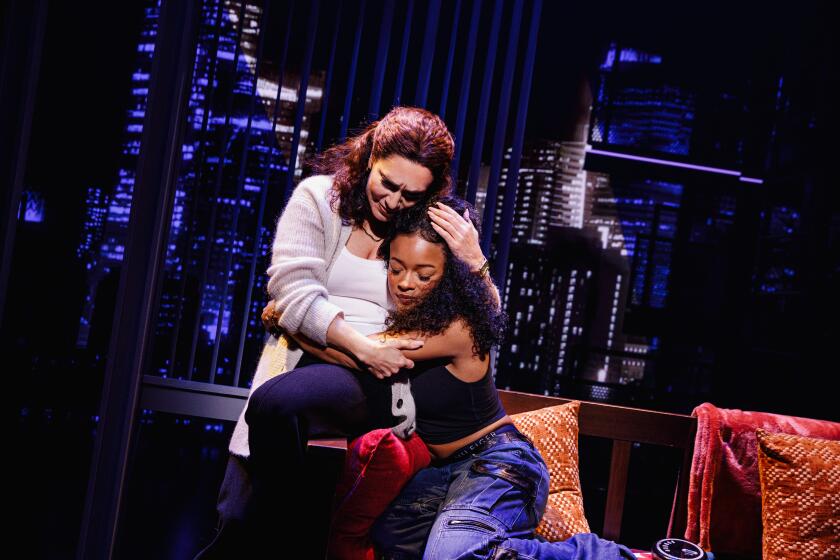MUSIC REVIEW : S.D. CHAMBER GROUP ALIVE AND WELL
If classical music buffs took a clue from environmentalists and catalogued endangered species, no doubt chamber orchestras would be close to the top of the list. Locally, such ensembles regularly appear and vanish, and those that survive seldom have the financial backing to produce the complete seasons touted in their glossy brochures.
The happy exception to this rule is Donald Barra’s San Diego Chamber Orchestra, which Monday night played the third program in its series in Sherwood Hall at the La Jolla Museum of Contemporary Art. In their second season, Barra and company have combined fiscal stability, continuity of personnel and steady musical growth in their quest for a permanent niche in the community’s cultural calendar.
On the podium, Barra is not much of a poet, but he keeps his troops in well-disciplined ranks. A rhythmically precise and animated reading of Gustav Holst’s “St. Paul’s Suite” opened the concert. Barra applied those same virtues to Saint-Saens’ First Cello Concerto, featuring soloist Sharon Robinson. Such a pedestrian approach, however, put most of the interpretive responsibility on Robinson, who obliged with agreeable contrasts of energetic flourishes and elegant traceries. Her considerable technique absorbed the work’s technical challenges with aplomb. The modest 35-piece orchestra was hard-pressed to supply the lush texture needed for a work of this scale, but Barra’s winds distinguished themselves with deft and colorful counterpoint.
Robinson saved her more soulful sonority for Faure’s “Elegie,” a piece that might have little more than an indulgent programmed encore without her lyrical and sensitively shaped performance.
For the most part, Barra crafted a judicious and cohesive rendering of Mozart’s “Jupiter” Symphony. What the opening movement lacked in spontaneity and elegance was compensated by a warm, fluent second movement in which the cantabile themes were thoughtfully layered and gently spun out. The lower strings’ burnished timbre might serve as a model to Barra’s first violins, whose sound was brittle, inflexible and suffered from periodic intonation problems.
Playing to a nearly full house, San Diego Chamber again demonstrated that there is an audience for a local chamber orchestra if the product is dependable and measures up to elemental standards of professional performance. Barra knows that formula and the success of his endeavor is no accident.
More to Read
The biggest entertainment stories
Get our big stories about Hollywood, film, television, music, arts, culture and more right in your inbox as soon as they publish.
You may occasionally receive promotional content from the Los Angeles Times.






